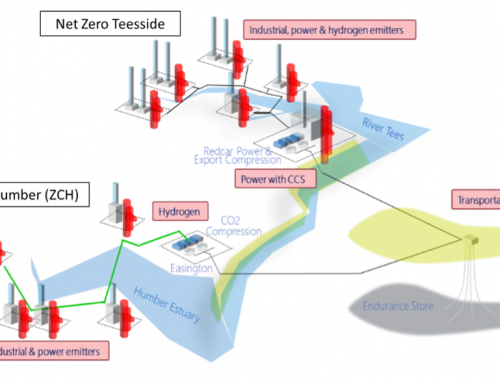Fracking is blamed for many things but in Oklahoma, one of the most fracked regions of the world, the recent increase in the number of small earthquakes has a different origin.
Before 2010 there were virtually no such events but in 2015 there were more than 2500 with magnitude 2.5 or greater on the Richter scale. Such events are only felt slightly by some people but a significant proportion were stronger, causing plaster to fall off walls. The US Geological Survey now estimates a 5 -10 percent chance of minor home damage in the area, similar to parts of California.
It has long been suspected that the root cause was the disposal of unwanted water from oil and gas wells into specially drilled disposal wells. Oklahoma not only has a very large number of producing wells – near 100,000 in early 2015 – but they produce an unusually large amount of water. Some new wells are reported to produce 98 percent water. As a result about 400,000 m3 of water was being disposed of per day in 2014.
However there is only a moderate correlation between the increased seismicity and the increased volume of disposed water. In addition, those areas with the greatest volume do not match the areas of highest seismicity. Hesitant to control the lucrative oil and gas industry, state regulators had refrained from imposing limitations on disposed water.
The disposal wells are drilled into the Arbuckle formation, which is a permeable rock about 7000 ft below ground level, lying beneath the oil and gas reservoirs but above a crystalline basement. The basement contains numerous faults, in which blocks of rock have slipped relative to each other over geological time in order to relieve some of the underground pressures.
A recent article in the Society of Petroleum Engineer’s monthly journal suggests that the disposed water is entering these faults, opening them up and causing further slippage i.e. a small earthquake. The location of these events therefore depends not only on the volume of disposed water but also on where there are faults and unrelieved stresses in the basement.
As a result of these newer ideas and the recent larger earthquakes, regulators have required the industry to limit disposed water volumes within the two most critical areas to 40 percent of their 2014 rate. Of course, the lower oil price has already reduced production, so less water needs to be disposed of anyway. It will take time to know whether the new measures are sufficient, but at least the problem has been recognized.
Why is fracking not the culprit? First, because the seismic effect of fracking is much smaller than slippage of basement faults, and too small to explain the magnitude and location of the earthquakes. Secondly, because the volume of water injected while fracking is only a small portion of the water produced, most of which is natural formation water. For once, fracking is off the hook.





